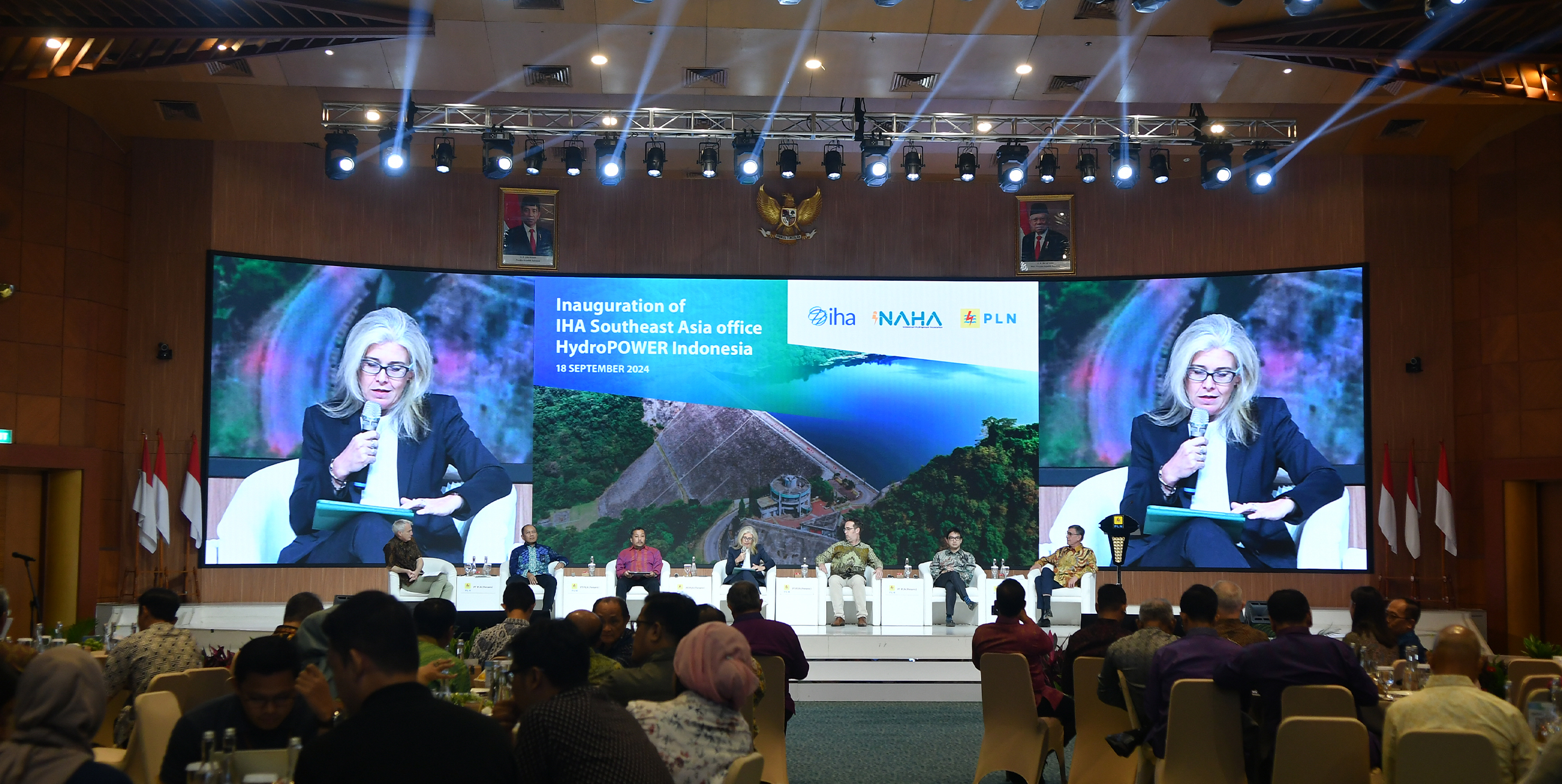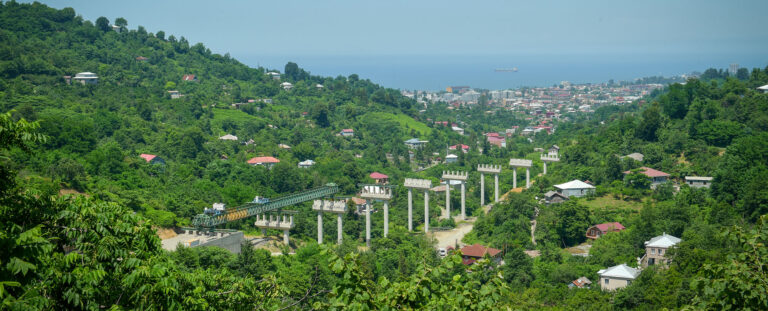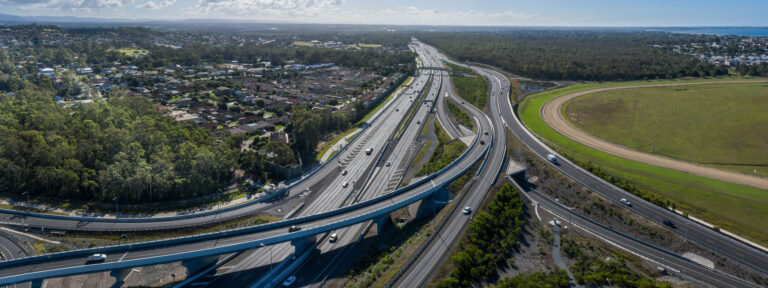
Key Insights from the Panel Discussion
While the region has made progress, adding 1.6 GW of hydropower capacity in 2023, there remains significant untapped potential. Hydropower and pumped storage can play a much larger role in stabilising the ASEAN grid, especially as countries work to meet growing energy demands while reducing reliance on fossil fuels.
In my remarks, I highlighted four key trends driving hydropower development in the region:
- Complementarity with Renewables: Pumped storage is increasingly vital to support the integration of renewable energy sources. By providing a reliable 24-hour energy supply, it complements the intermittent nature of solar and wind power, ensuring a stable and flexible energy mix.
- Grid Interconnectivity: Growing interconnections of power grids within and between countries enable more strategic placement of power generation facilities. This facilitates the efficient transfer of energy across borders, helping meet electricity demand in urban centers while reducing reliance on fossil-fuel-based power.
- Green Industrial Parks: Governments across ASEAN are promoting the development of green industrial parks, which rely on sustainable energy sources to fuel economic growth. Hydropower is poised to play a key role in powering these industrial zones, contributing to job creation and national prosperity while advancing decarbonisation goals.
- Hydropower Sustainability Standard: The Hydropower Sustainability Standard offers a framework for assessing hydropower projects against ESG commitments, giving financiers a tool to evaluate the environmental and social impacts of potential investments. This standard ensures that hydropower development aligns with global sustainability goals, fostering responsible growth in the sector.
Accelerating the Transition to Sustainable Energy
The inauguration of the IHA Southeast Asia Office marked a pivotal moment for the hydropower sector in the region, with leaders acknowledging the critical role hydropower, including pumped storage, can play in achieving its long-term energy and climate goals. The panel discussion underscored the importance of adopting forward-looking policies, strengthening regional cooperation and investing in innovative technologies to unlock hydropower’s full potential.
Through my participation, I reaffirmed SMEC’s commitment to driving sustainable hydropower development across ASEAN. As a global leader in hydropower consultancy, SMEC is well-positioned to support the region’s energy transition through technical expertise, sustainable project delivery and a focus on long-term environmental and social impacts.
As Southeast Asia strives to meet its growing energy demands while addressing climate change, hydropower stands as a key enabler of the transition to a clean, resilient and reliable energy future. With more than 80 GW of untapped hydropower potential, the region has a unique opportunity to harness this renewable resource to power sustainable development in the decades ahead.









 Transmission in the Transition
Transmission in the Transition
Transmission Systems of the future need to rapidly adapt to the new world of sustainable energy. Grids need to expand to accommodate the growing new sources of clean energy and adjust to the variability and intermittency nature of such sources.
 Breaking Down Silos to Transform Transport Mega-Projects for a Sustainable Future
Breaking Down Silos to Transform Transport Mega-Projects for a Sustainable Future
Transport mega-projects are reshaping the future of urban mobility, driving innovations that enhance connectivity, support communities, and enable economic growth and sustainability. Through cutting-edge technology and large-scale infrastructure, these projects are transforming cities by reducing congestion, improving environmental outcomes and facilitating seamless travel.
 Rethinking Practice Global Evolution in Transportation Geotechnics
Rethinking Practice Global Evolution in Transportation Geotechnics
Transportation geotechnics forms the backbone of global infrastructure, supporting roads, railways, ports, and airports that drive economic growth and societal progress. As urbanisation accelerates and economies expand, the geotechnical challenges associated with constructing and maintaining resilient infrastructure have grown increasingly complex. The field must not only address capacity needs but also align with sustainability and resilience goals, making it more crucial than ever to innovate and adapt.
 Engineering positive change: delivering community-centric infrastructure in rural Africa
Engineering positive change: delivering community-centric infrastructure in rural Africa
Across the vast and diverse landscapes of rural Africa, many communities face significant barriers to accessing essential infrastructure. Limited access to clean water, sanitation, reliable transportation, and consistent energy supply impedes daily life, and deepens existing inequalities.




